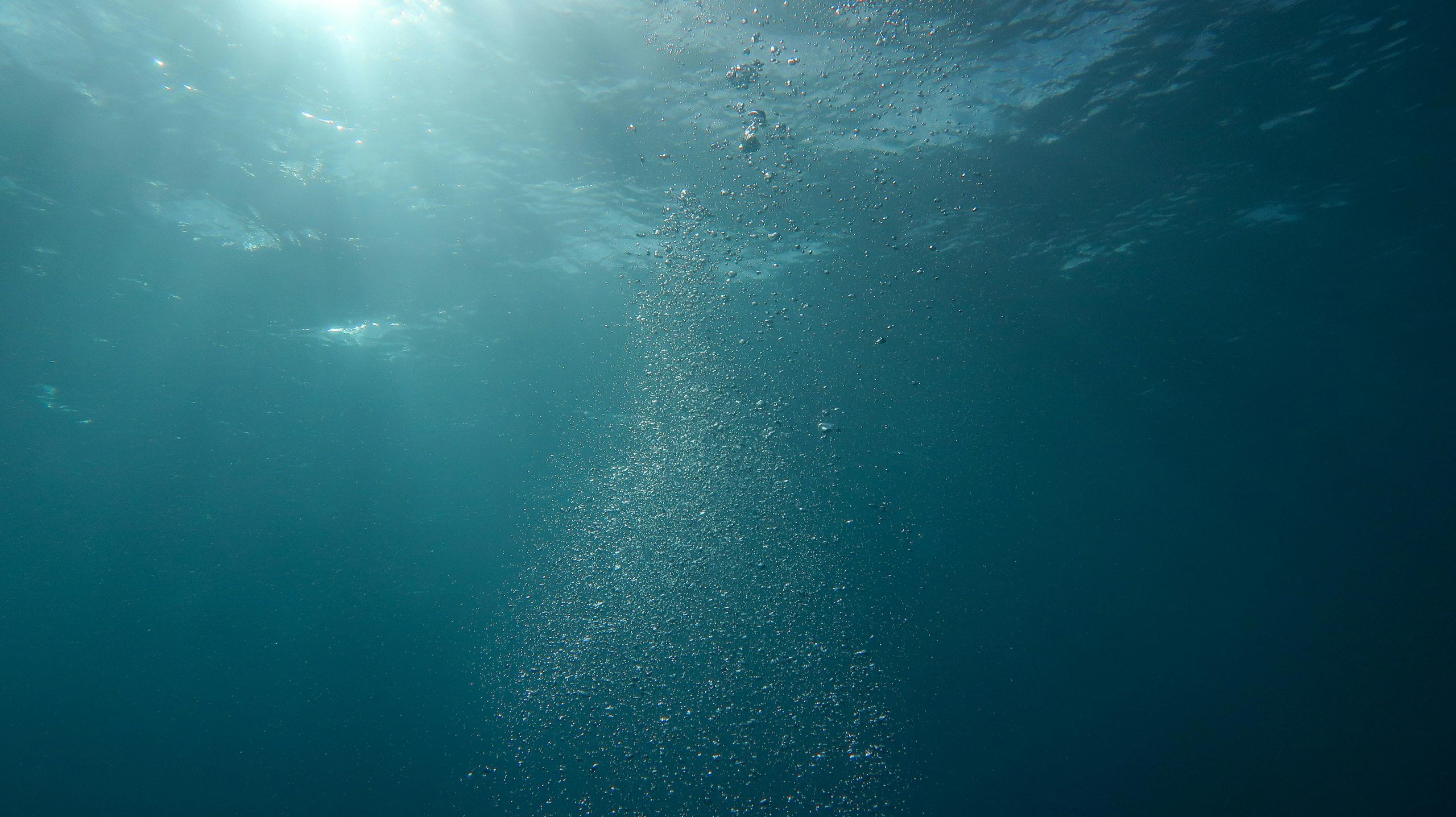Table of Contents
![]()
Introduction
The deepest part of the ocean, often referred to as the Challenger Deep, represents one of the most mysterious and challenging environments on Earth. Understanding this extreme zone is crucial for a comprehensive knowledge of our planet’s marine systems. The ocean’s depths extend far beyond the reach of most exploration, and the Challenger Deep, located in the Mariana Trench, stands as the ultimate frontier of deep-sea research. This article delves into the characteristics, exploration history, and significance of this enigmatic part of the ocean.
The Challenger Deep
Location and Geographic Context
The Challenger Deep is situated in the Mariana Trench, a crescent-shaped trench in the western Pacific Ocean. The trench reaches a maximum known depth of approximately 36,000 feet (11,000 meters). Positioned roughly at 11°22′ N latitude and 142°45′ E longitude, the trench is named after the HMS Challenger, whose crew conducted the first systematic soundings of the trench in 1875. The trench is part of a subduction zone where the Pacific Plate is being forced beneath the Mariana Plate, creating a deep and complex geological feature.
Measurement and Exploration
The Challenger Deep was first measured during the HMS Challenger expedition, which established its status as the deepest known point in the ocean. Subsequent measurements have confirmed this depth, though variations have been noted due to differing methodologies and natural changes in the trench’s structure. Notable explorations include those by Jacques Piccard and Don Walsh, who made the first manned descent in 1960 aboard the bathyscaphe Trieste, and James Cameron’s solo dive in 2012 with the Deepsea Challenger submersible. These expeditions have provided crucial insights into the trench’s depths and the conditions therein.
Characteristics of the Deepest Part
Physical Conditions
The conditions at the Challenger Deep are among the harshest on Earth. The pressure at this depth is over 1,000 times the standard atmospheric pressure at sea level, equivalent to about 16,000 pounds per square inch (psi). Temperatures hover just above freezing, around 34 to 39 degrees Fahrenheit (1 to 4 degrees Celsius). The absence of natural light means that bioluminescence is crucial for many organisms in this environment. These extreme conditions create a unique habitat that challenges our understanding of life’s adaptability.
Unique Geological Features
The Mariana Trench itself is a significant geological feature, shaped by the intense tectonic activity of the region. It is a deep trench created by the subduction of the Pacific Plate beneath the Mariana Plate. The trench’s formation involves a combination of tectonic forces and volcanic activity, with associated fault lines adding to its complexity. These geological features contribute to the trench’s depth and influence the surrounding marine environment.
Marine Life in Extreme Depths
Adaptations of Deep-Sea Creatures
Life in the Challenger Deep has adapted to the extreme conditions of pressure and temperature. Many species exhibit bioluminescence, a trait that helps them navigate the dark depths and attract prey. Additionally, these organisms have evolved to withstand immense pressures, with specialized cellular structures and proteins that maintain their functionality in such hostile conditions.
Notable Species
The Challenger Deep is home to a variety of remarkable deep-sea species. Among them are the abyssal cusk eel, known for its elongated body and large mouth, and various species of deep-sea shrimp that have adapted to the trench’s unique environment. Recent explorations have led to the discovery of new species and deep-sea creatures that provide insights into the biodiversity of this remote area.
Scientific and Environmental Significance
Importance for Marine Biology
Studying the Challenger Deep offers valuable insights into extreme environments and the adaptability of life. It provides a natural laboratory for understanding how organisms can survive and thrive under conditions that were once thought to be uninhabitable. This knowledge can inform broader biological research, including the study of life in similar extreme environments on other planets.
Impact of Human Activity
Human activities, such as deep-sea mining and pollution, pose significant threats to the deep-sea ecosystems. The extraction of minerals and resources can disturb the delicate balance of these environments, while pollutants can have far-reaching impacts. Understanding the Challenger Deep’s ecological importance underscores the need for careful management and protection of these fragile habitats.
Future Exploration and Research
Technological Advances
Advancements in technology have revolutionized our ability to explore the deepest parts of the ocean. Modern submersibles and remotely operated vehicles (ROVs) have allowed scientists to explore the Challenger Deep with greater precision and safety. Innovations in underwater imaging and sampling technologies continue to enhance our understanding of this remote region.
Goals and Potential Discoveries
Future exploration aims to map the full extent of deep-sea habitats and uncover more about the unique organisms that inhabit these regions. Additionally, researchers are interested in understanding the impacts of climate change and human activities on deep-sea environments. Discoveries in these areas could have significant implications for our understanding of oceanography and environmental science.
Conclusion
The Challenger Deep remains one of the most intriguing and least understood parts of our planet. Its extreme conditions and unique geological and biological features make it a focal point for scientific research and exploration. As technology advances and our understanding of deep-sea environments grows, the knowledge gained from studying the deepest part of the ocean will continue to contribute to our overall understanding of the Earth’s oceans and their ecosystems.
Share This





Be the first to comment